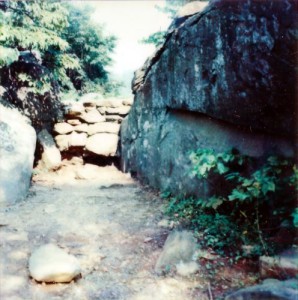Now that I’m down to actual identifiable years in my travel, I did a quick count of the places I can remember having traveled and the years I went. It looks like I have enough My Travel Memories posts to get me through until April or May of 2017, not counting the month or so that I will spend on my 2016 vacation. There might be more. I have a gap from 1983 through 1986 and if we went anywhere then, I can’t remember it. So if my dad can find my mom’s old travel journals, that may spark some new memories that I can use to fill in those years.
My plans for my 2016 vacation are Salt Lake City, Fishlake National Forest, the Golden Spike Monument, Yellowstone, and Dinosaur National Monument. So that will be a little more than a month.
So then I would be in June or July of 2017, which is when I will be taking my 2017 vacation, which is looking to be The Netherlands and Germany (if all goes as planned financially). That should take me through at least August and probably into September of 2017. After that? I don’t know.
And who knows? Maybe this travel blogging thing will lose its luster by January and I’ll stop in the summer of 1982 or wherever I am by then. But assuming I’m in this for the long haul (and I’ve been writing with one site since 2011, so I probably can stick this out at least that long), I will keep going at least through 2017.
As of 2017 I will have three weeks of vacation a year at my job. So maybe, just maybe, I can fit in some smaller trips to new destinations in that extra time. Maybe if Wild Earth Llama Adventures is still in business by then Alex and I can make a trip to New Mexico . . . .

